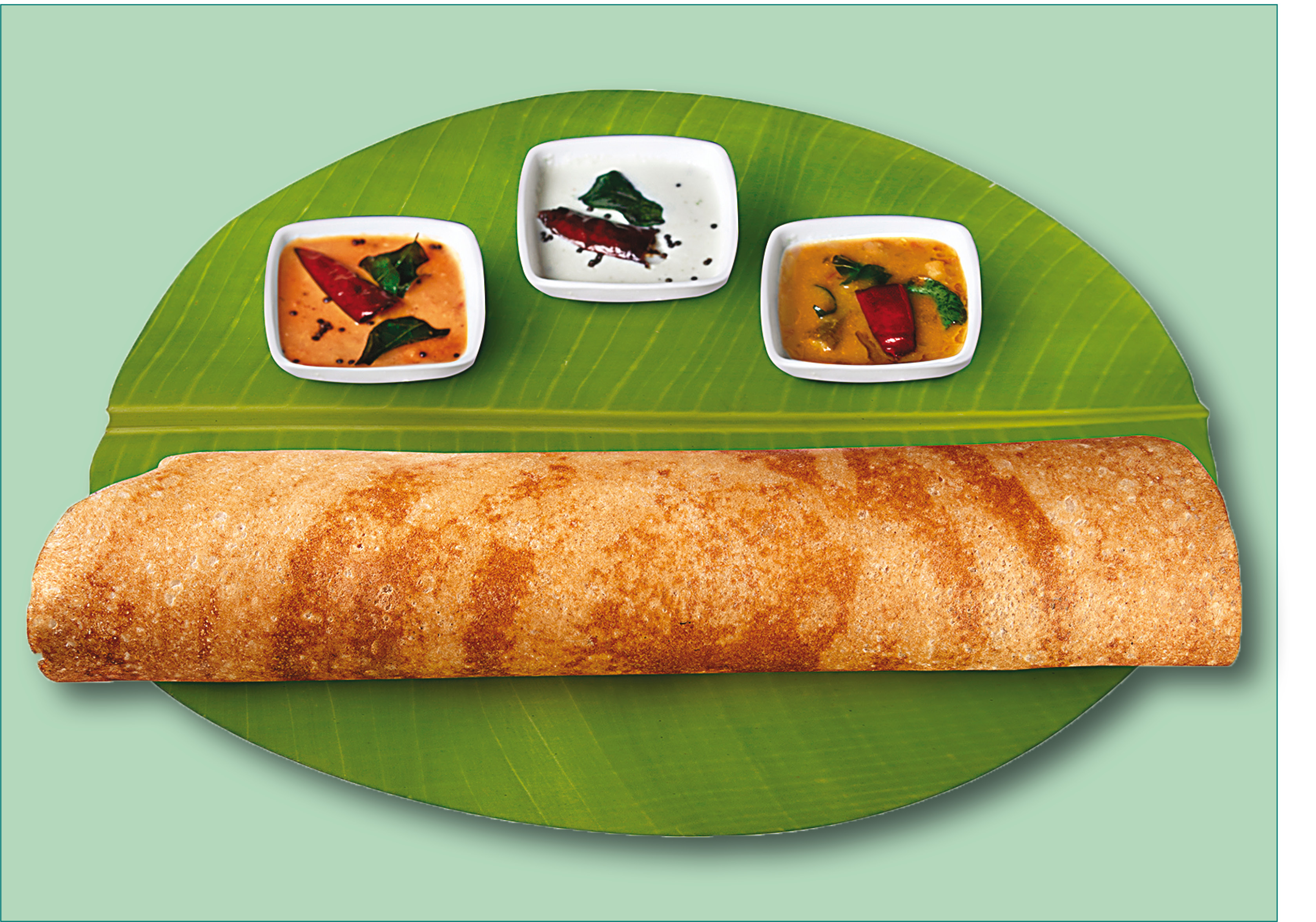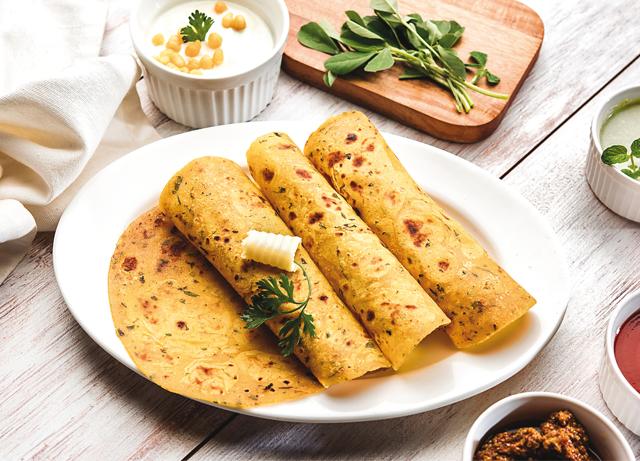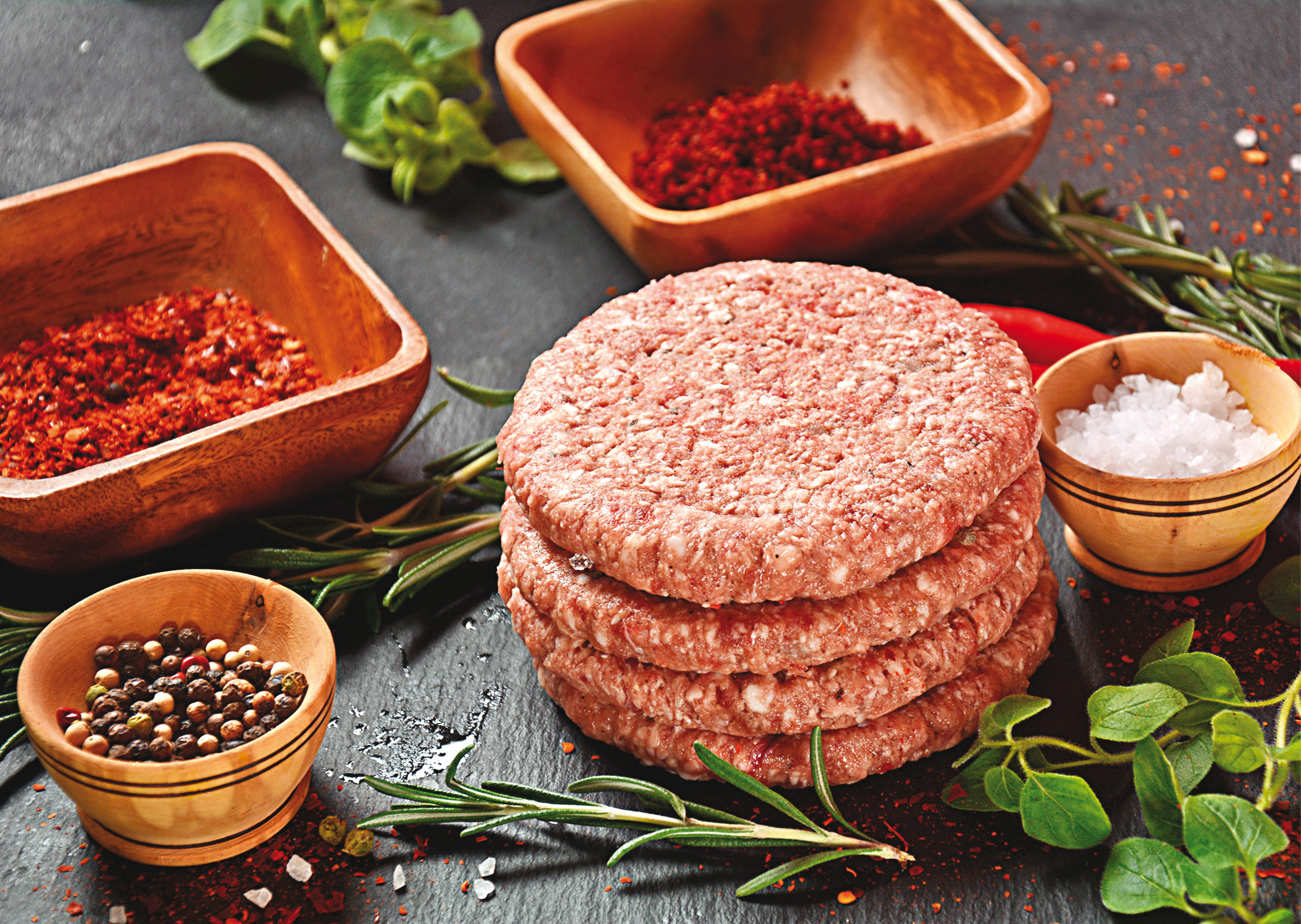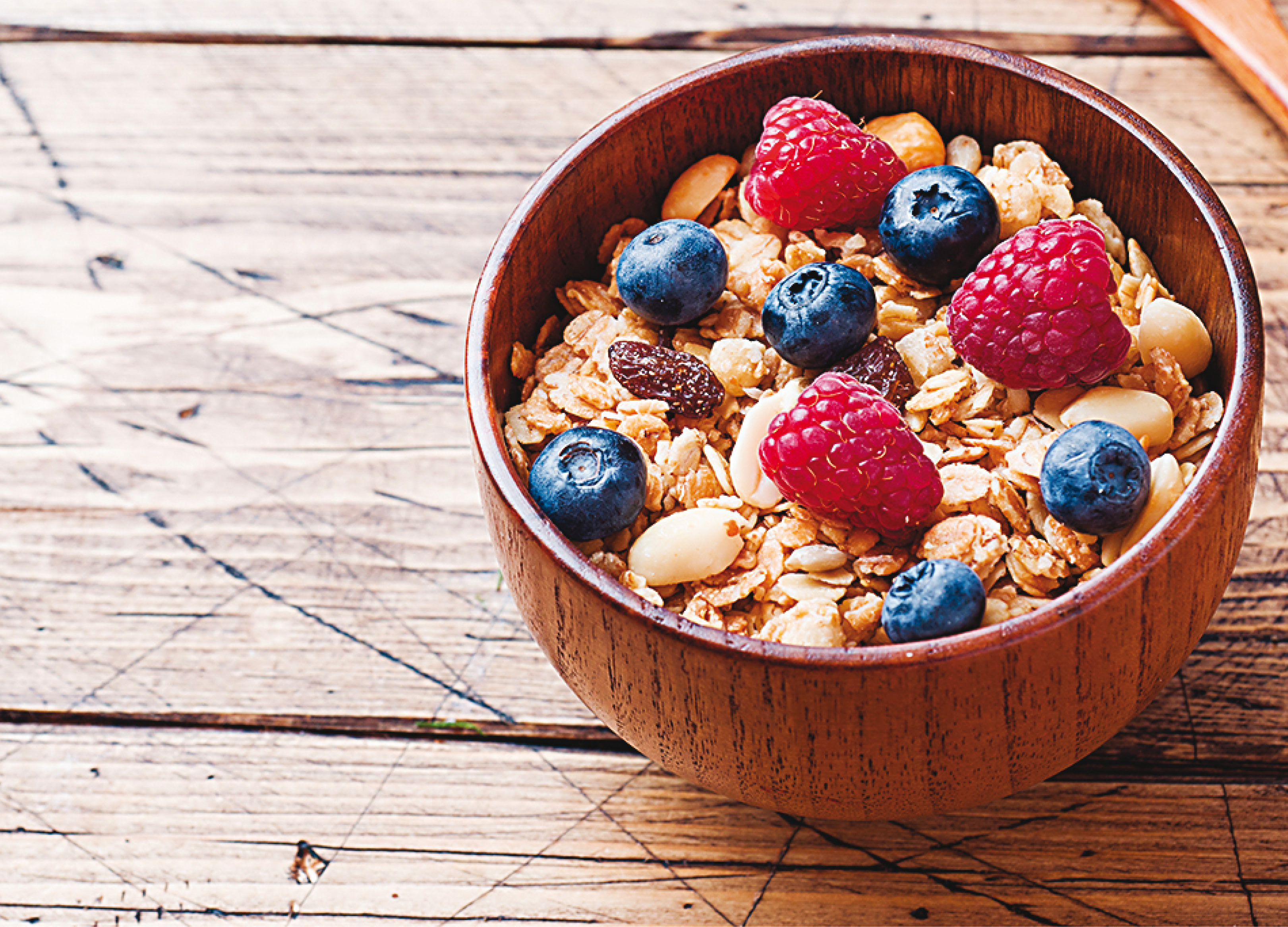The opening lines of an old Paul Simon song, called Kodachrome (it came out in 1973), always come back to me when I think of our early misconceptions regarding health and nutrition.
“When I think back
On all the crap.
I learned in high school,
It’s a wonder.
That I can think at all.”
Unlike Paul Simon, I did learn some useful things in school. But on the subject of nutrition, nearly everything I was told was crap. Much of it embodied the Indian assumption (born out of some inferiority complex) that our food was rich and unhealthy and that Western food was much healthier.
As our primary source of Western food then was the processed food industry, this was completely untrue. And now that the fast food business has joined processed food as our primary source of Western cuisine, it is even less true.
Let’s take breakfast.
I was repeatedly told that to eat, say, a thepla with dahi and pickle (which is the sort of thing we ate at home) was unhealthy. Why didn’t I have some healthy cereal, instead?

In fact, as we now know, the propaganda on behalf of breakfast cereals is one of the most insidious things that the processed food industry has done over the years. Even the claim that breakfast is the most important meal of the day was spread around the world by the food industry. At one stage (around the time people were singing the praises of cereal to me), many American breakfast cereals contained up to 50 per cent sugar and were ticking time bombs which, when they exploded, led to America’s obesity crisis.
There is less sugar in American cereals now (less is relative; they are still very sugary), but I don’t know what the US food giants do in their overseas markets. (Mainly because it is not a big issue in countries like India and there is not as much scrutiny.)
Almost everything I learnt about nutrition then was wrong. For instance: wheat is healthier than rice. Really?
I kept being told that wheat would make me strong while rice would make me fat. At first, when I discovered that this was a lie, I attributed it to North Indian vs South Indian prejudice. But I worked it out later. Wheat is the backbone of the global processed food and fast food industries. It made sense to demonise rice and to sing the praise of wheat. (The fast food industry is essentially a way to turn wheat into money; burgers, pizzas, sandwiches, wraps etc. So is the bakery industry.)

And on and on the lies went. Eat bread, I was told, it is healthier. (Actually, no, a chapati is healthier.) Don’t have any chaat. Eat packaged, sweet biscuits, sandwiches, etc., instead. (Atta is almost certainly better for you than the maida these are made from.)
Some of it was vaguely justifiable on grounds of hygiene. Yes, the chaatwallahs did not always follow the highest sanitisation standards. And when we were told to turn down sherbets because the water was not safe, there may have been something to it. But orange squash (entirely synthetic and filled with sugar: it had never been near a real orange), which also depended on water, was exempt from such injunctions.
And as for sugar, nobody gave a damn. It was sophisticated to eat highly over-sweetened strawberry jam with added synthetic flavour. Ketchup (25 per cent sugar!) was preferred to chutney. And nobody even considered the sugar overdose in such soft drinks as Coke or Pepsi. A movie-hall sized paper glass of a cola will have up to 18 spoons of sugar in it.

Even a normal glass of cola can have around eight spoons of sugar. Would you ever think of putting eight spoonfuls of sugar in your tea? In your nimbu paani?
I reckon that we were all so enamoured of the West and its ways that we sought to emulate what we saw as its finesse and sophistication.
Even now, we don’t realise how much sugar there is in processed or fast food because we are misled by the savoury flavour. It does not occur to us that mass-produced soups, pizzas, noodles, crackers, chips and even processed cheese products are packed with sugar.

And while sugar awareness is finally growing, we are still largely in the dark when it comes to fat. Foreigners will often tell you that Indian food is too heavy or too rich for them. We take that to mean that it is too oily or too full of fat.
And yes, there is often something to this. But here’s the thing: Indian food is not meant to be oily. If we call the food at a restaurant ‘greasy’ or ‘oily’, we mean it as a complaint, not a compliment. Home food is rarely oily and the fear-of-fat is so deeply ingrained in Indians that we gave up too readily on ghee and switched to dalda and vanaspati (marketed by multinationals) which, as we now know, are much worse for our health than ghee.
This is not true of the West. In France, fat is a good thing: it is the building block of the cuisine. The great chef Auguste Escoffier was not joking when he said that the three great secrets of French cuisine were “butter, butter and butter.”

Even cheese, which Westerners love, is fat filled. A hunk of cheddar cheese is one third fat. A fast food hamburger patty can be up to 40 per cent fat. A chocolate milkshake is packed with fat. A KitKat, a Snickers bar, a frozen pizza — they are all about fat. Packaged foods deliver their calories from fat. Deep-frying is a way of adding fat to ingredients like onion rings, potatoes or chicken.
And yet, it is Indian food that is “too heavy”?
Research conducted by the fast food industry has shown that while people recognise sugar and at some stage say that a dish is “too sugary”, we have no such mechanism when it comes to dealing with fat. This is why, as much as we try and control our oil intake at home, we are conned into eating vast quantities of fat the moment we eat packaged or fast food.
I make no value judgments about this. For years, the French who love fat, had lower rates of heart disease than Americans. Then, McDonald’s and the processed food business arrived. And French heart disease rates have shot up.
So, maybe it is not all fat, but a certain kind of industrial fat that is bad for you.
But the basic lesson — which they did not teach us in high school — remains the same. Don’t fall for the lie that Western food is healthier than Indian food.
Respect our cuisines and take pride in them.
The views expressed by the columnist are personal
From HT Brunch, May 9, 2021

